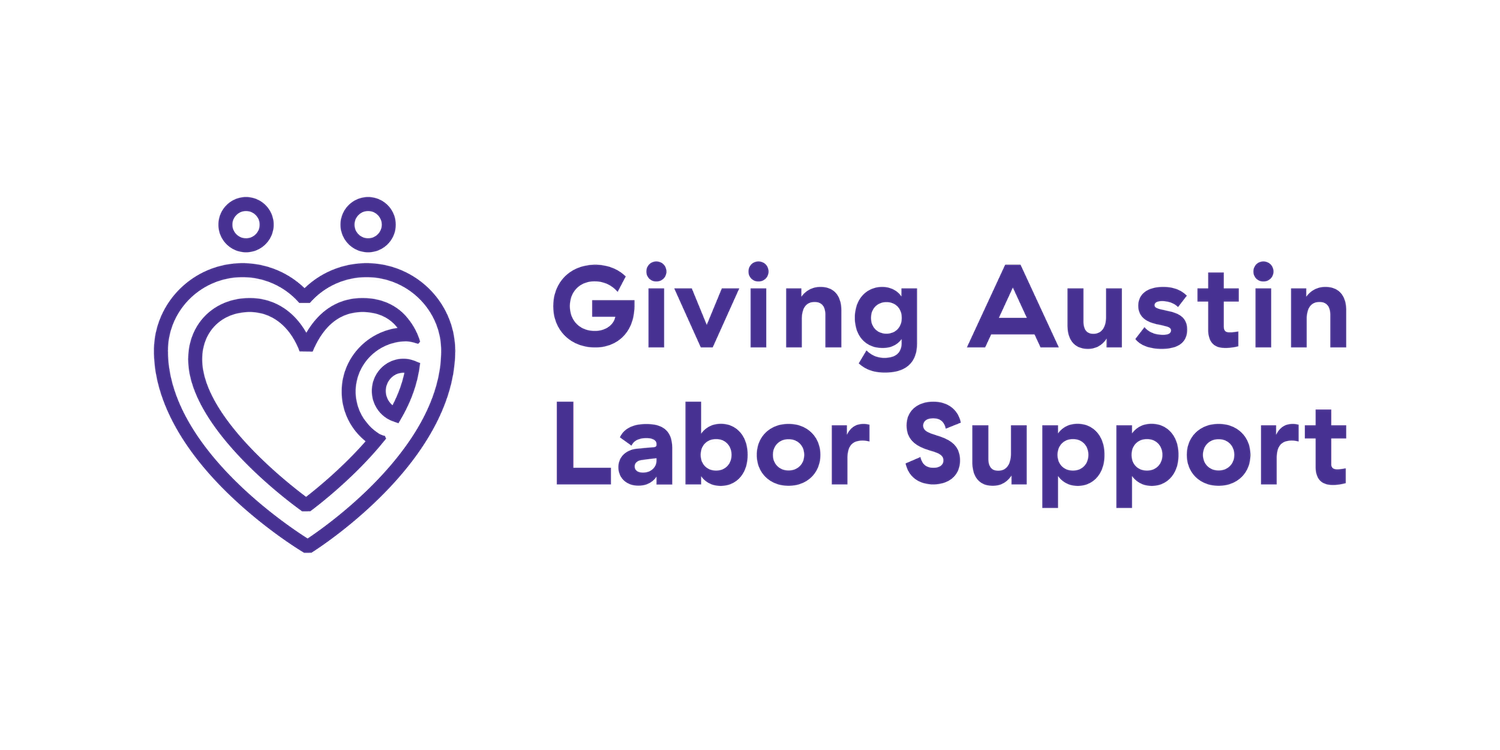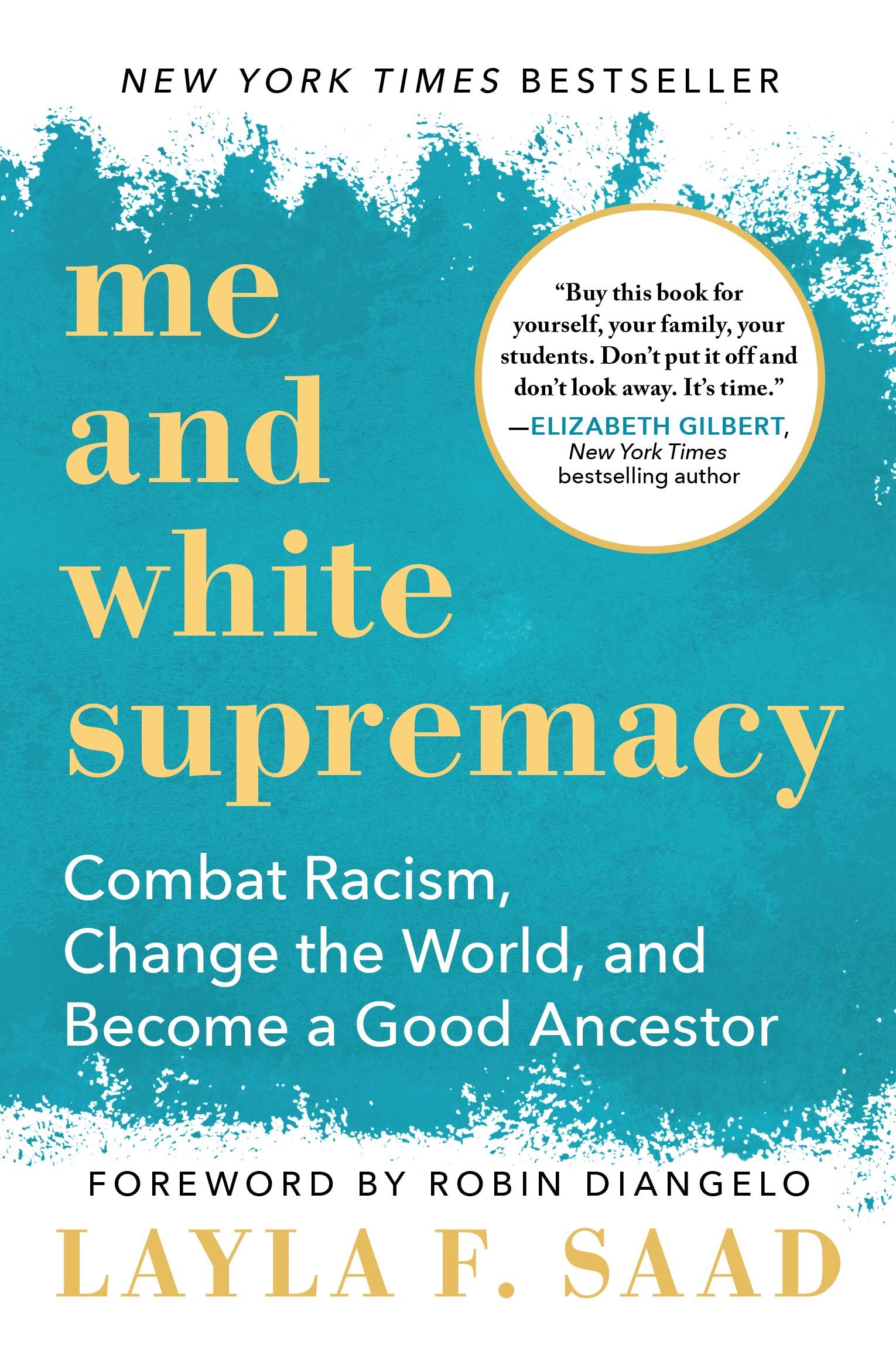Maternal mortality
Maternal mortality in the United States and beyond
Mommas and babies are facing consequences
The United States spends more than twice as much on health care as similar income countries, yet has all around poorer health outcomes. As a nation, we spend over $98 billion dollars on hospital bills related to childbirth- individual provider fees are more than twice as high as any other country. The US is ranked 49th in health outcomes compared to developed nations. For every mother that dies during pregnancy or 42 days postpartum- 50 women suffer from a “near miss,” a health event so severe that they almost die. That equals 34,000 birthing individuals. The cesarean rate in the US is still 33 % and has risen the last 13 years in a row. The World Health Organization recommends a range of 5-15%. The risk of maternal death is 21 % higher in states with cesarean rates over the national average. African-American women are 3 to 4 times more likely to die from pregnancy-related causes than white women. *Data from Amnesty USA.
Social Determinants of Health
Social determinants of health are the conditions in one’s environment that contribute to one’s health outcomes.
A persons health is affected by way more than just their own lifestyle choices- or even their genes. A persons environment, access to transportation, clean water and air, housing status, education, and even bigger- the country they live in and cultural factors also play a part in determining someones health.
Another factor that determines health outcomes? Race, specifically, racism. A persons experience living in a culture and society in which constant discrimination occurs affects health outcomes of individuals and their offspring. In Austin, we have a history of racism with redlining.
Food deserts are another area where you can see the structural implications of racism.
If you look closer at the numbers around maternal mortality, you see that black and Hispanic women have much worse health outcomes than white women. AND, this is true when you control for the education level or socioeconomic status of the woman.
Maternal mortality is a solvable problem. ACOG, Health Moms and Babies, and others are actively working in hospitals throughout the country to implement AIM bundles. Midwifery care is growing in popularity and insurance companies are slowly increasing coverage of out of hospital births. However, if we really want to improve birth outcomes, we have to start with addressing the huge disparities in birth outcomes for black families.
The reality is this: Black mommas are dying at higher rates that white women because of racism.
What is weathering? How does structural racism and individual bias affect birth outcomes?
The good news: we can all take steps to improve lives.
Participate in Reproductive Justice Advocacy
Learn more about Maternal Health
Key terms:
Structural or institutional racism: the system by which racism is developed, maintained and protected.
Bias- implicit or explicit: the conscious or unconscious attribution of particular qualities to a member of a certain social group, shaped by experience and based on learned associations between particular qualities and social categories, including race and/or gender.
Reproductive justice: "the human right to maintain personal bodily autonomy, have children, not have children, and parent the children we have in safe and sustainable communities," according to SisterSong Women of Color Reproductive Justice Collective
LEARN MORE ABOUT ENDING BLACK MATERNAL MORTALITY
LEARN MORE ABOUT HOW TO CREATE RACIAL EQUITY IN YOUR COMMUNITY




